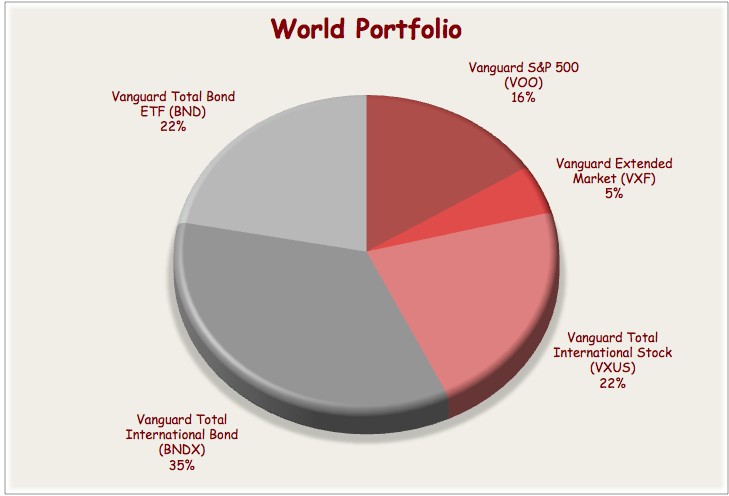Portfolio Size for Choosing ETFs over Index Funds
Post on: 16 Март, 2015 No Comment

A popular question from investors convinced of the merits of passive investing is: at what portfolio size does it make sense to use Exchange-Traded Funds (ETFs) instead of index mutual funds? While ETFs typically have a lower MER and hence are cheaper to own, it costs trading commissions (and foreign exchange fees for some ETFs) to buy and sell, which could simply overwhelm any MER savings. For instance, it wouldnt make much sense to pay $30 to buy $200 worth of iShares CDN LargeCap 60 Index Fund (TSX: XIU) but you can buy index mutual funds such as the TD e-Series funds for as little as $100 (or even $25 for pre-authorized purchase plans).
Unfortunately, it is not possible to give a clear cut answer to the question about portfolio size because it depends on a number of variables such as the commissions charged, the frequency of buying and selling, the growth rate of investments etc. One simple thumb rule that I use is that the MER savings from owning ETFs should cover the initial trading commissions in one year.
Size of portfolio for choosing ETFs = Trading commissions / (Higher MER Lower MER)
Take the Sleepy Mini Portfolio, which is invested in four TD e-Series mutual funds and has a blended MER of 0.401%. The equivalent ETF portfolio would comprise of XBB, XIC, VTI and VEA and would have a blended MER of 0.167%. If your brokerage charges $30 per trade and you invest a lump-sum once every year and you ignore any foreign currency conversion charges and no fees are charged for selling, the thumb rule indicates that when the portfolio is over $51,000, it makes sense to switch the Sleepy Mini holdings to ETFs.
Of course, ignoring foreign currency conversion charges, which typically costs about 1%, does not result in a very accurate estimate. If you want to account for foreign conversion fees, youll need to solve for the following equation (assume size of portfolio for choosing ETFs is x and foreign exchange fees are amortized over y years):
(MER difference) * x = trading commissions + (portion in foreign stocks * x * foreign exchange conversion fee) / y
For the Sleepy Mini Portfolio, which has 60% in foreign stocks, assuming foreign exchange fees cost 1% and are amortized over 5 years and trading commissions cost $120 per year, x works out to $143,000.
If this math makes your head hurt, rest assured that it is only a very rough estimate as savings from holding ETFs accrue over the entire holding period, not just the first year. Then, you need to make assumptions about the growth rate of the investments and even then all you have is a more refined estimate. The Sleepy Portfolio, which is valued around $100,000 holds ETFs and the Sleepy Mini portfolio, which is a modest portfolio to which $1,000 is added every quarter holds TD e-Series mutual funds. In our personal portfolios, I follow the same rough guideline. Portfolios that are larger than $50,000 are implemented using ETFs. Modest portfolios, such as our kids RESPs are implemented using index mutual funds.














